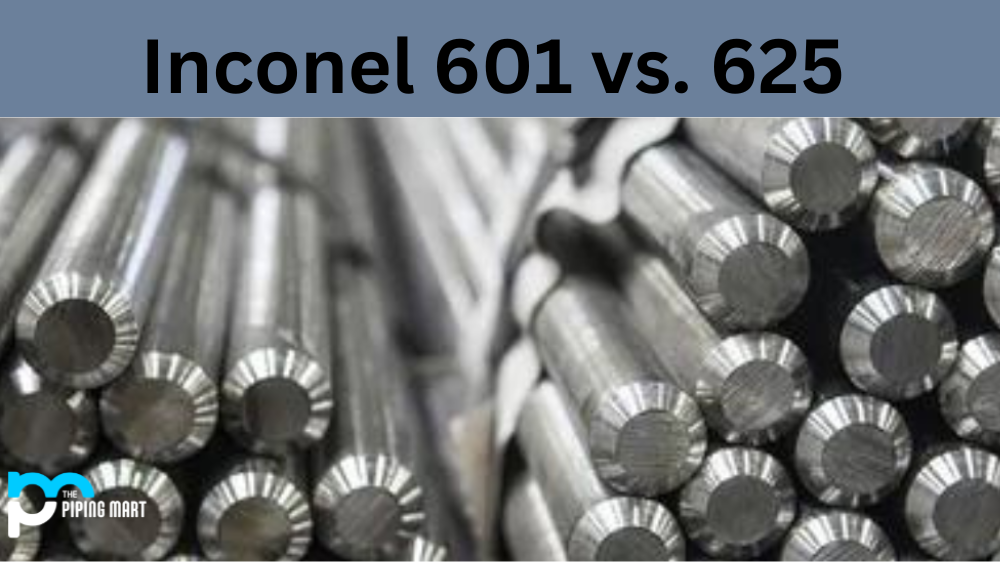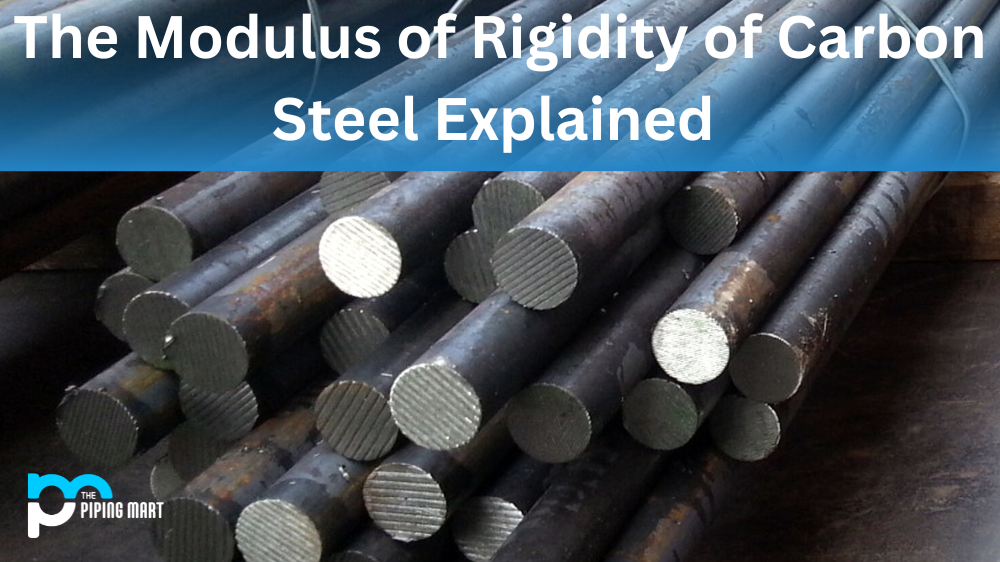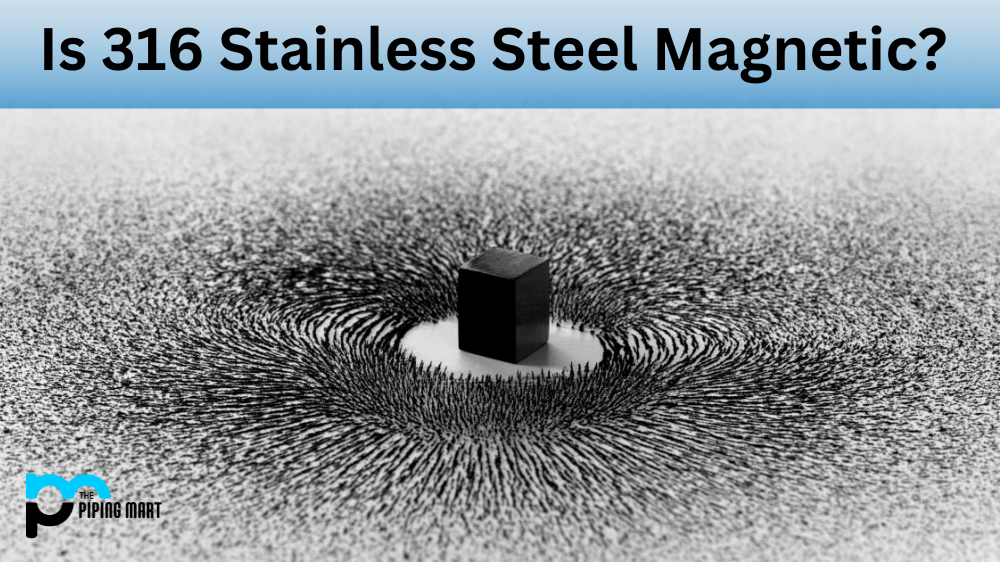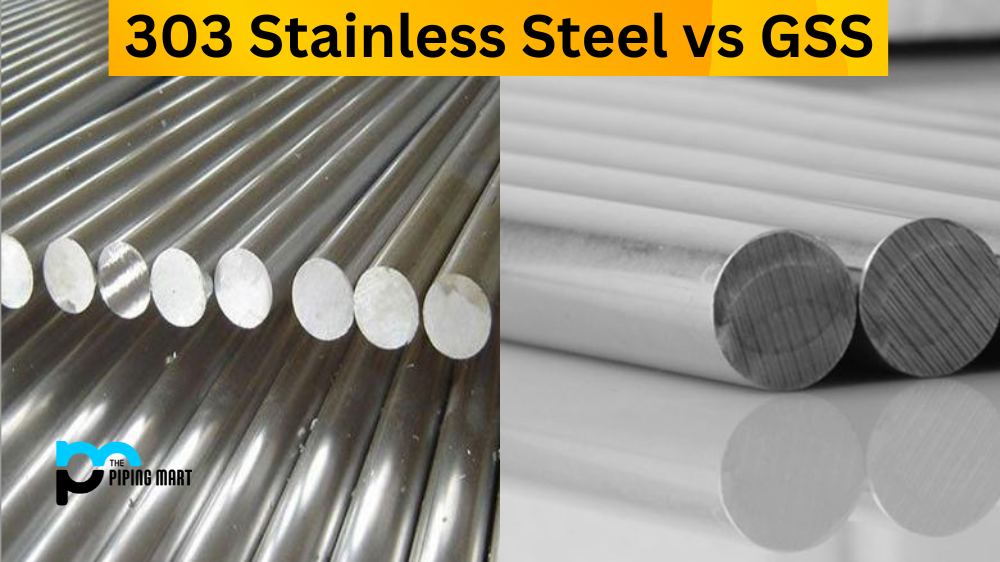Inconel alloys are nickel-chromium-based superalloys that have remarkable corrosion resistance, heat resistance, and strength. Both Inconel 601 and 625 are popular choices for applications in industries like aerospace, nuclear engineering, and chemical processing. But what makes them different from each other? Let’s compare these two materials to see which one best suits your needs.
Physical Properties
Inconel 601 has a melting point of 2,467°F (1,350°C), while the melting point of Inconel 625 is 2,375°F (1,310°C). In terms of tensile strength at room temperature, 601 has a range of 590-930 MPa, while 625 is slightly stronger with 690-895 MPa. While both materials have good creep-rupture properties at temperatures above 1,000°F (540°C), 601 offers superior resistance compared to 625.
Chemical Composition
The main difference between these two alloys comes down to their chemical composition. The primary alloying element in both is nickel; however, the content for 601 is between 48-55%, while the content for 625 is 58%. The chromium content for 601 ranges from 14-17%, while it’s 20-23% for 625. Additionally, 600 contains sulfur and aluminum as additional alloying elements that are not present in 625.
Corrosion Resistance
Inconel alloys generally offer excellent corrosion resistance in many environments; however, some environments may require a greater degree of protection than others. With its higher chromium content compared to 601, 625 offers superior corrosion resistance in an oxidizing atmosphere such as chlorides or acid solutions. This makes it an ideal choice if your application requires enhanced corrosion protection.
Conclusion:
When selecting an alloy for your application, there are many factors to consider, including physical properties such as strength and temperature tolerance, chemical composition, and corrosion resistance. By comparing the differences between Inconel 601 and 625, you can determine which material best fits your needs. Both materials offer excellent performance characteristics, but they also have distinct advantages over one another depending on the environment they will be exposed to or the specific requirements of your application. Ultimately it comes down to understanding the differences between these two materials so you can make an informed decision about which one best suits your needs.

Pipingmart is B2B portal specializes in industrial, metal and piping products. Also, share latest information and news related to products, materials and different types grades to help business dealing in this industry.




